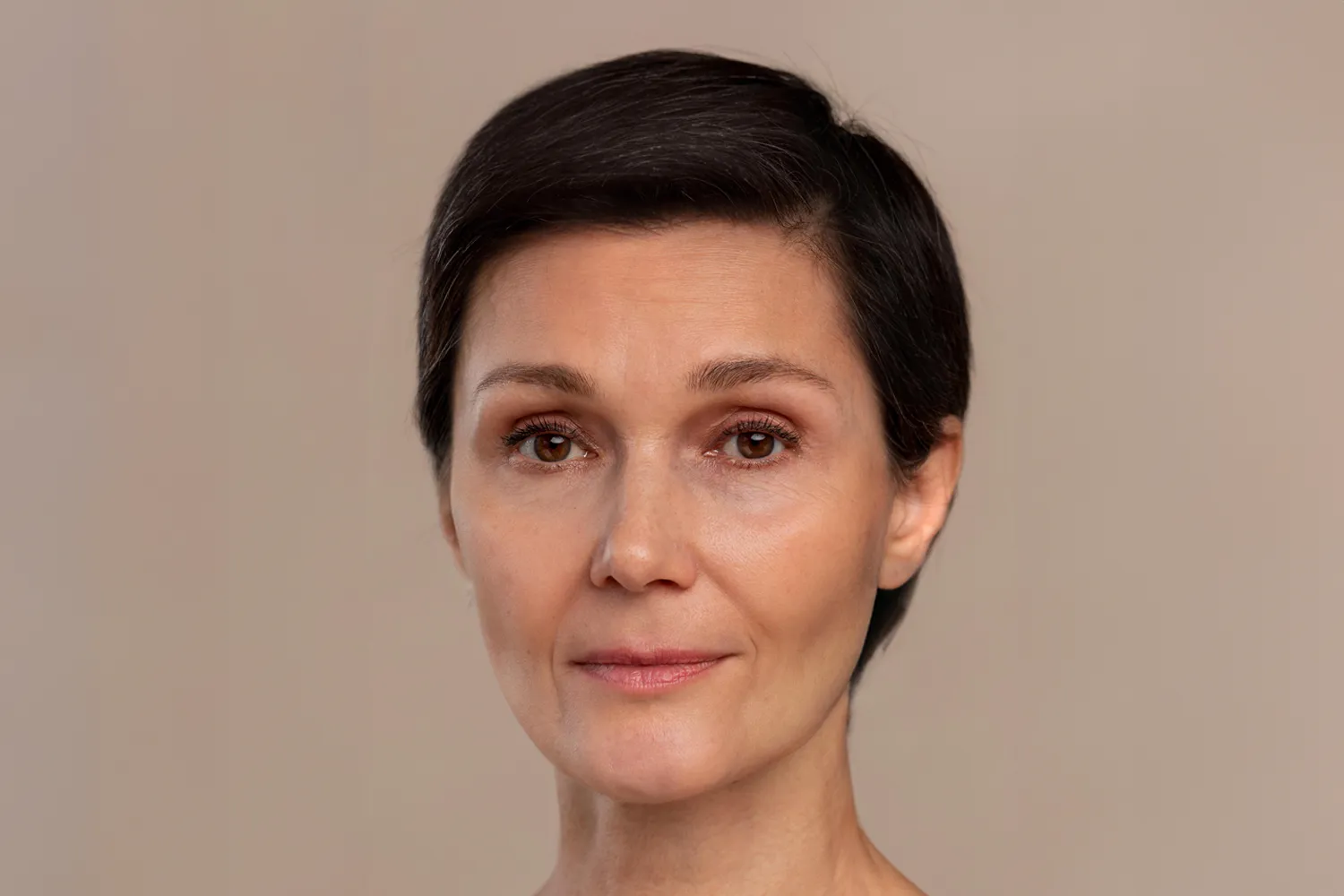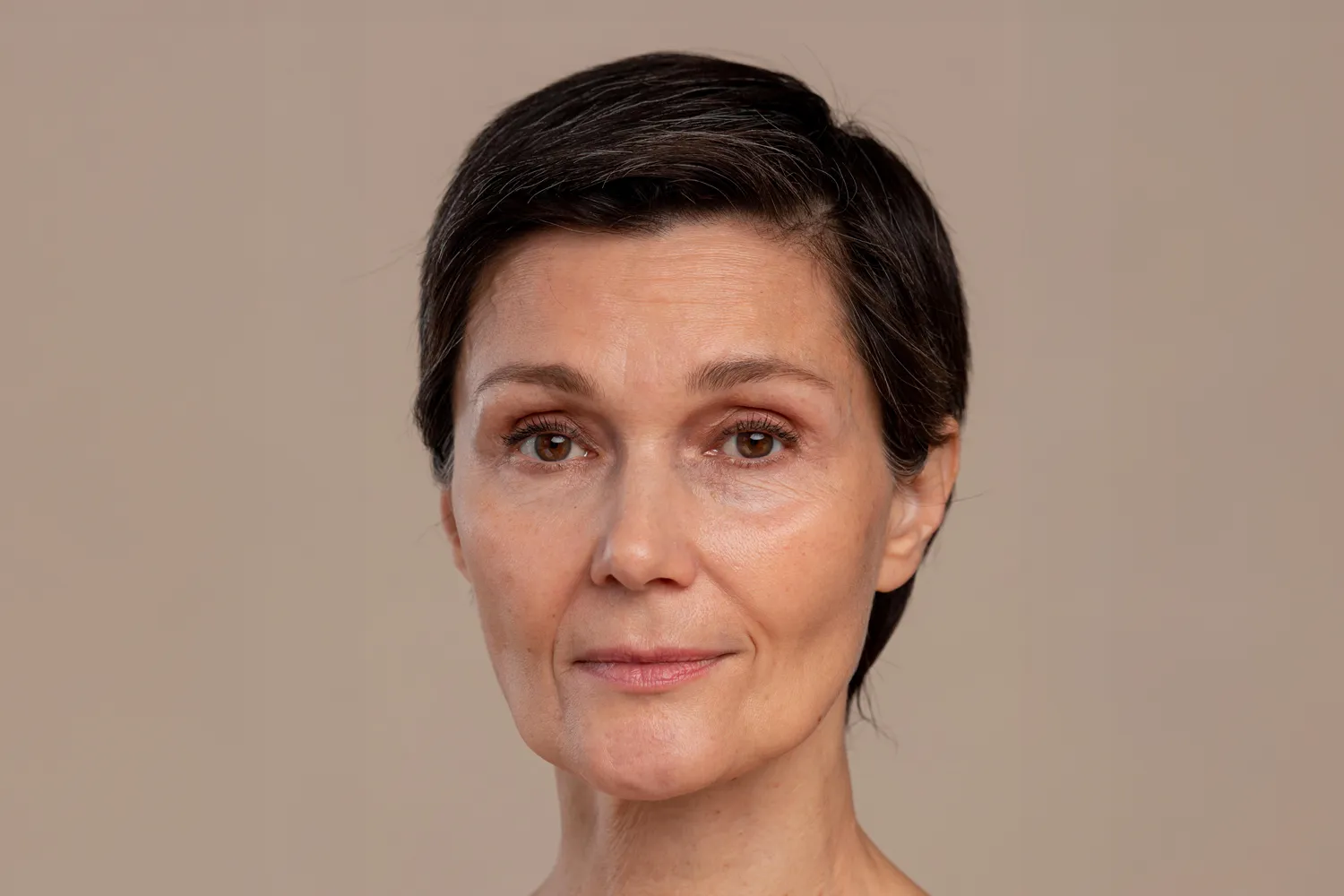Reconstruction
Brachial Plexus Reconstruction
The brachial plexus is a network of nerves in the shoulder. This nerve bundle sends signals from the brain to the arm, spine and hand. Brachial plexus injuries, which affect the network of nerves controlling movement and sensation in the shoulder, arm, and hand, can be life-altering. For those facing this challenge, Dr. Sushil Nahar offers cutting-edge brachial plexus reconstruction, a specialized procedure aimed at restoring function and mobility to the affected areas. Shoulder injuries, such as stretch injuries, are the most common cause of brachial plexus damage; though cancer and radiation can also cause similar damage. As a result, a person may feel pain, numbness or experience paralysis of the arm.
From advanced surgical techniques that focus on nerve grafts, transfers, and sometimes even muscle transfers to reestablish nerve connections and improve arm and hand function. His commitment to precision and patient-centered care means that each reconstruction is meticulously planned to maximize recovery and enhance quality of life. Our team includes specialists from neurosurgery, plastic surgery, neurology, rehabilitation, nursing and occupational therapy who maximize the efficiency of your evaluation and facilitate collaboration.
From advanced surgical techniques that focus on nerve grafts, transfers, and sometimes even muscle transfers to reestablish nerve connections and improve arm and hand function. His commitment to precision and patient-centered care means that each reconstruction is meticulously planned to maximize recovery and enhance quality of life. Our team includes specialists from neurosurgery, plastic surgery, neurology, rehabilitation, nursing and occupational therapy who maximize the efficiency of your evaluation and facilitate collaboration.
 After
After  Before
Before Drag
Facial Surgeries
What Brachial Plexus Reconstruction Procedure is for ?
- Brachial plexus reconstruction helps restore movement and function to the arm, hand, and shoulder after nerve damage.
- brachial plexus reconstruction can reduce or eliminate chronic pain associated with nerve damage.
- re-establishing nerve connections, the surgery helps prevent muscle wasting due to lack of nerve signals.
our expert answers
frequently asked questions
What is Brachial Plexus Injury?
Any mode of injury which causes violent stretch of nerve between the neck and the shoulder has the risk of injuring Brachial plexus.
What are the common causes of Brachial Plexus injury?
The most common cause is high velocity injury road traffic accident leading fall from the motor bikes. The brachial plexus may be injured by falls from a height on to the side of the head and shoulder, and plexus are violently stretched. The brachial plexus may also be injured by direct violence or gunshot injury, and involved by any tumour.
How to diagnose brachial plexus injury?
It is based on thorough clinical evaluation and special investigations to know the exact level of the injury. There are Electrophysiological test e.g. EMG and NCV help in diagnosis. CT myelography or MRI of cervical spine to be done to see spinal nerve roots changes which help in support of diagnosis.
What do you expect from surgery?
In most cases it is possible to stabilize the shoulder, restore elbow flexion, to establish protective sensation. Nerve recovery may proceed for many months. Regular physiotherapy is very important till recovery, which may take 9 months to two year in most cases.
APPOINTMENT
